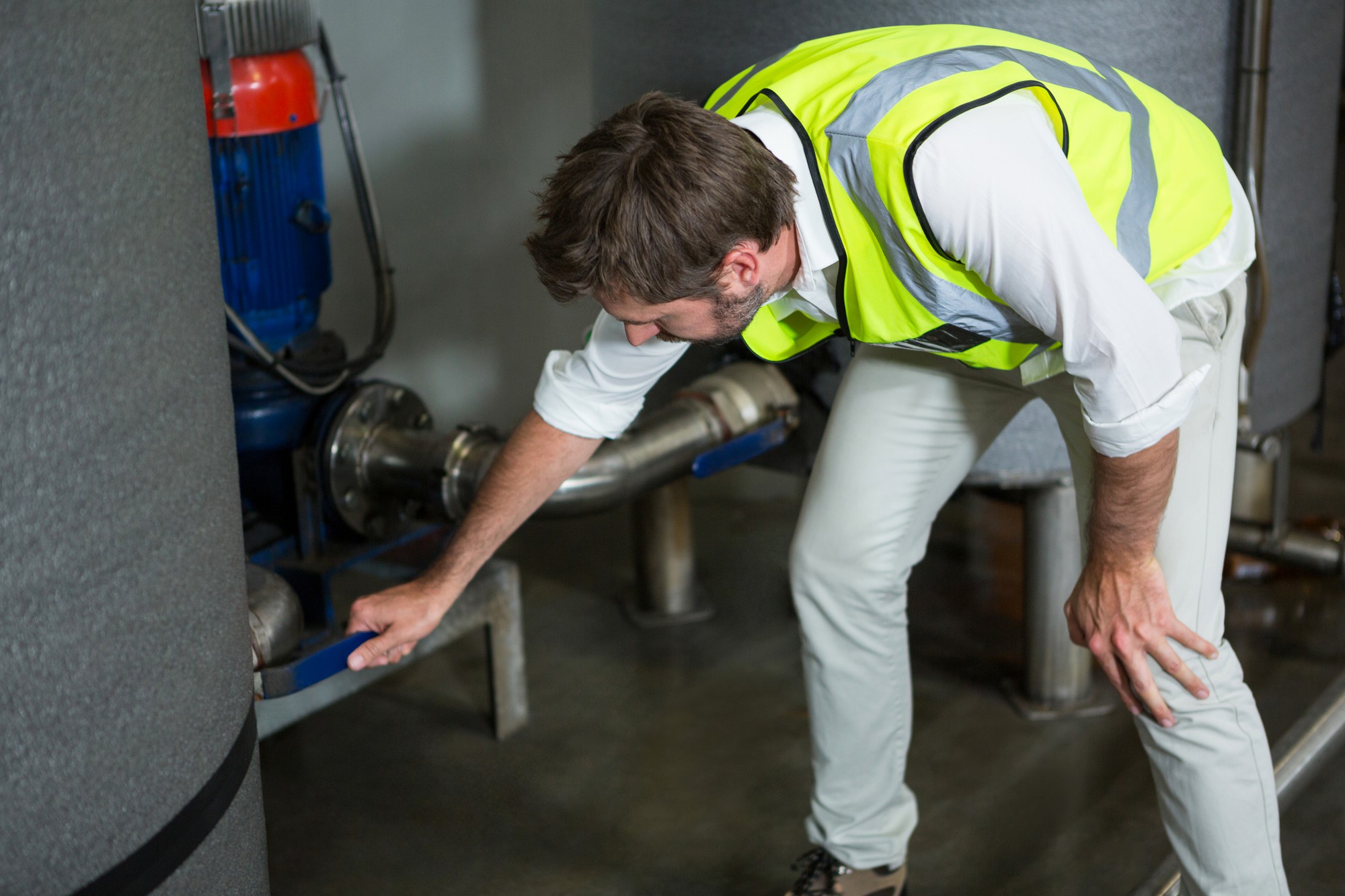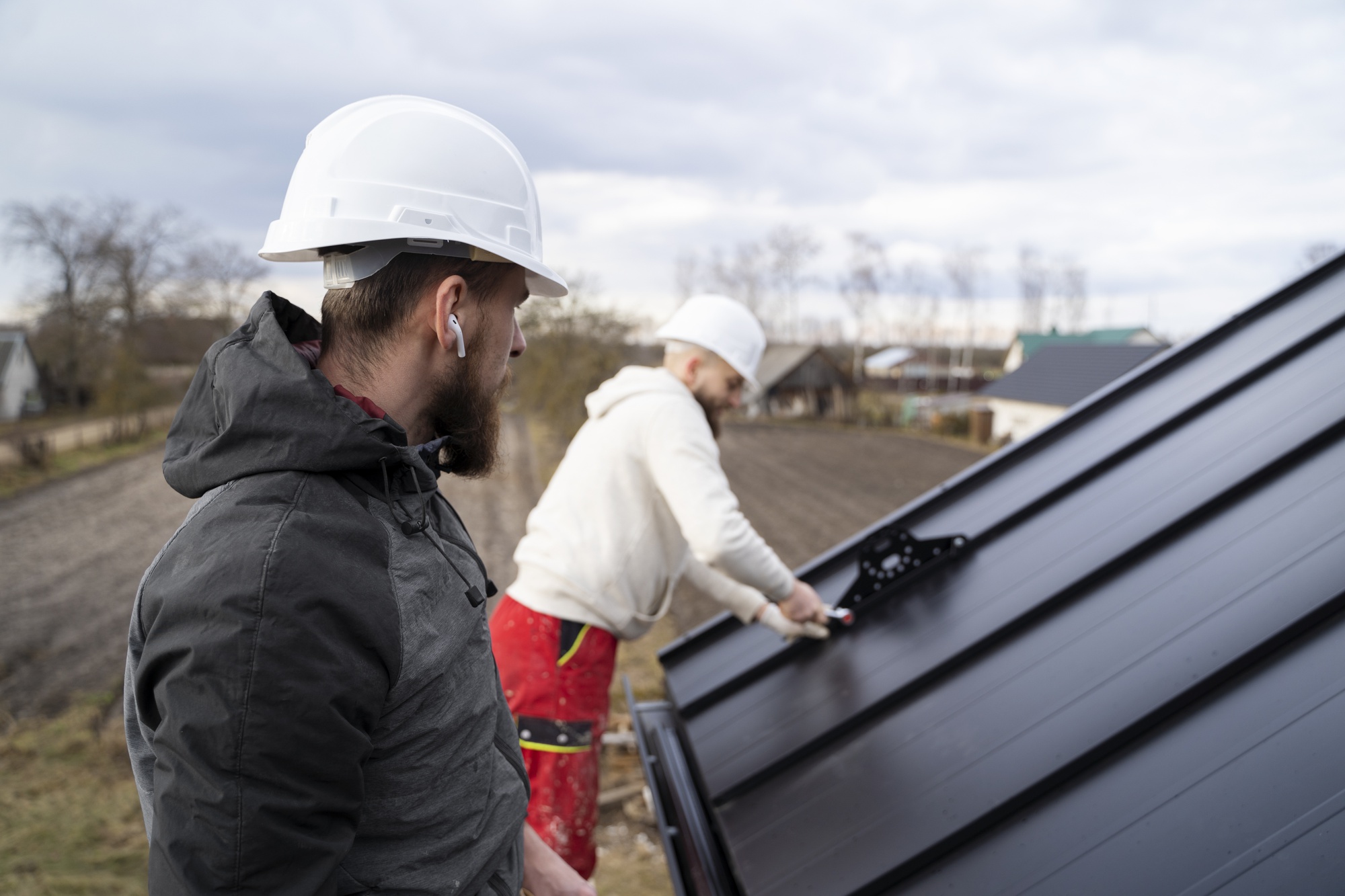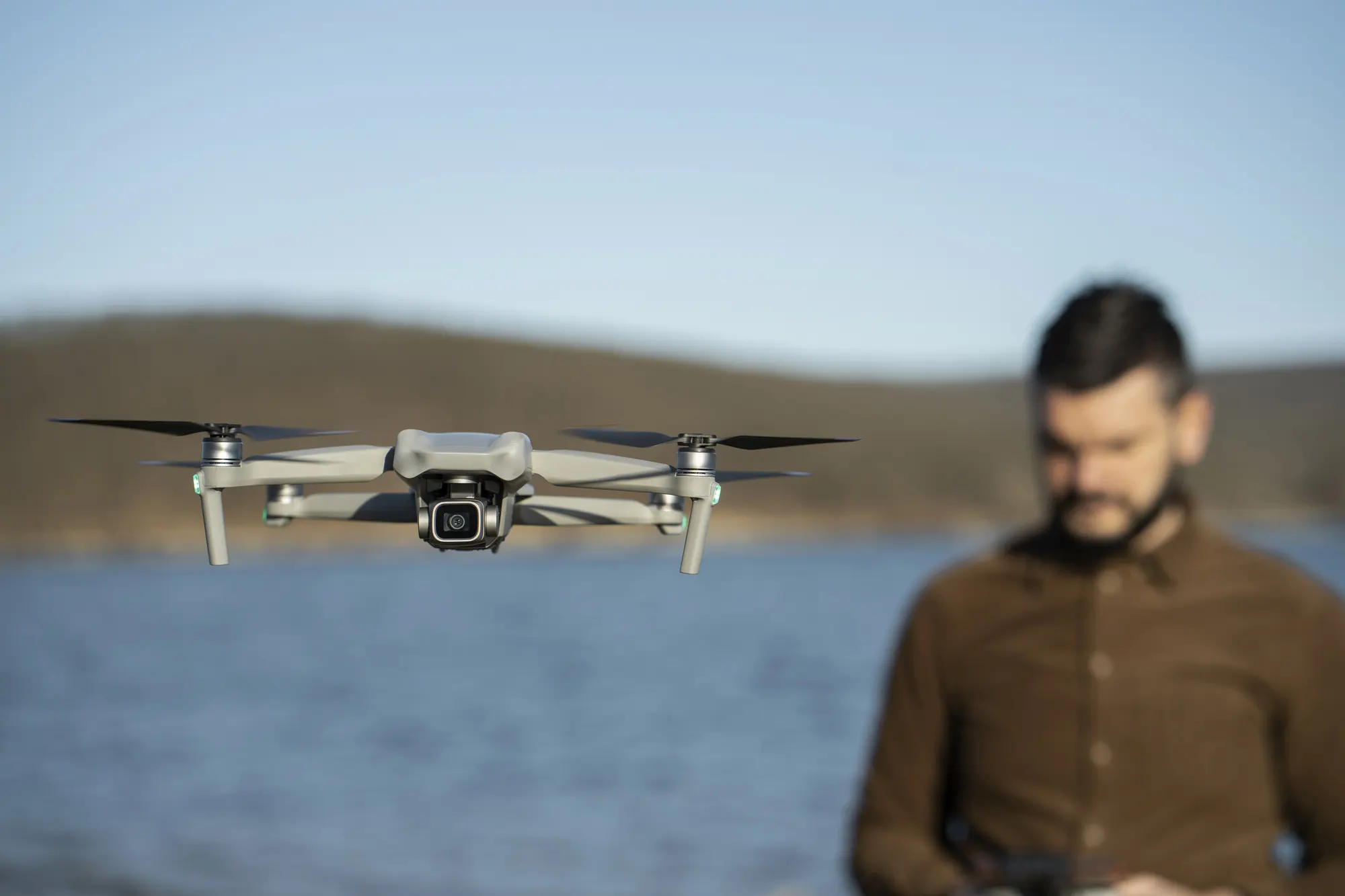Drone vs. Traditional Inspection Methods: Which Is Right for Your Building?
When it comes to building inspections, property owners and managers face an important decision: whether to rely on traditional inspection methods or leverage modern drone technology. Both approaches have their advantages and challenges, but understanding which is best for your building depends on the nature of the project, your goals, and the type of issues you aim to address.
This article compares drone inspections and traditional inspection methods, exploring their strengths, weaknesses, and the situations in which each approach is most suitable. Whether you’re maintaining a residential property, managing a commercial building, or evaluating infrastructure, this guide will help you make an informed decision.
What Are Traditional Inspection Methods?
Traditional building inspections involve physical assessments conducted by professionals who examine the property on-site. These methods may include visual inspections, manual measurements, and the use of tools like ladders, scaffolding, or binoculars to access hard-to-reach areas.
Advantages of Traditional Inspection Methods
- Close-Range Assessments: Inspectors can physically touch materials, providing tactile feedback that drones cannot.
- Experience-Based Insights: Skilled inspectors can use their expertise to identify subtle issues.
- Comprehensive Evaluations: Traditional methods allow for thorough testing of specific components, such as plumbing, electrical systems, and HVAC units.
Challenges of Traditional Inspection Methods
- Time-Consuming: Inspections involving scaffolding or ladders can take significantly longer.
- Safety Risks: Inspectors working at heights or in confined spaces face potential hazards.
- Limited Accessibility: Certain areas, like high roofs or tall facades, may be difficult or impossible to inspect thoroughly.
- Higher Costs: Manual methods often involve additional labor and equipment costs.
What Are Drone Inspection Methods?
Drone inspections use unmanned aerial vehicles (UAVs) equipped with cameras, sensors, and other technology to assess building conditions. Drones can capture high-resolution images, thermal data, and even 3D models of a property.
Advantages of Drone Inspection Methods
- Speed and Efficiency: Drones can cover large areas quickly, significantly reducing inspection time.
- Enhanced Safety: Inspectors can operate drones from the ground, avoiding hazardous situations.
- Access to Difficult Areas: Drones can easily reach rooftops, tall structures, and other hard-to-access locations.
- Cost-Effectiveness: By eliminating the need for scaffolding or heavy equipment, drone inspections can save money.
- Advanced Data Collection: Drones can be equipped with thermal imaging, infrared sensors, and LiDAR for detailed analysis.
Challenges of Drone Inspection Methods
- Limited Physical Interaction: Drones cannot physically test materials or components.
- Weather Dependence: Inspections may be delayed or disrupted by adverse weather conditions, such as strong winds or heavy rain.
- Regulatory Requirements: Drone operations must comply with local regulations, including obtaining necessary permits.
- Initial Investment: High-quality drones and software tools require upfront investment, though this is often offset by long-term savings.
Key Differences Between Drone and Traditional Inspection Methods
| Aspect | Traditional Inspections | Drone Inspections |
| Speed | Time-intensive, especially for large areas. | Rapid assessment of expansive properties. |
| Cost | High due to labor, scaffolding, and equipment. | Lower operational costs with fewer resources. |
| Safety | Poses risks for inspectors in hazardous areas. | Inspectors remain safe on the ground. |
| Accessibility | Limited by physical constraints. | Unrestricted access to hard-to-reach areas. |
| Data Collection | Relies on visual/manual checks and experience. | Provides detailed images, thermal scans, and 3D models. |
When to Choose Traditional Inspection Methods
Traditional methods are ideal in the following scenarios:
- Material Testing: When tactile feedback or physical testing is required.
- Detailed Interior Assessments: For evaluating electrical systems, plumbing, or HVAC components inside the building.
- Regulatory Requirements: Certain standards may mandate on-site inspections by certified professionals.
Example Use Case:
A building with suspected foundation cracks might benefit from a traditional inspection to test material strength and confirm structural stability.
When to Choose Drone Inspection Methods
Drone inspections are most effective in these situations:
- Large-Scale Assessments: For expansive properties like warehouses, industrial facilities, or high-rise buildings.
- Roof and Facade Inspections: Ideal for identifying damage, leaks, or thermal inefficiencies in hard-to-access areas.
- Post-Storm Damage Assessments: Quickly evaluating damage after severe weather events.
- Environmental Monitoring: Drones equipped with thermal imaging can detect heat loss or water intrusion without invasive procedures.
Example Use Case:
A commercial building requiring a comprehensive roof inspection for water leaks and insulation gaps can benefit significantly from drone thermal imaging.
Combining Drone and Traditional Inspection Methods
In many cases, a hybrid approach combining both drone and traditional inspections offers the best results. Drones can perform an initial survey, identifying areas of concern that require closer, hands-on evaluation. This approach maximizes efficiency while maintaining thoroughness.
Benefits of a Combined Approach:
- Broad Coverage: Drones provide an overview, while manual inspections focus on critical areas.
- Cost and Time Savings: Reduce the need for extensive scaffolding while still addressing complex issues.
- Enhanced Data Accuracy: Leverage high-resolution images alongside physical testing for a comprehensive analysis.
Case Study: Choosing the Right Method for a Multi-Story Office Building
A property owner needed an inspection of a 15-story office building to address complaints about water leaks and rising energy costs. The team adopted a combined approach:
- Drone Inspection: Used to survey the building’s facade and roof, identifying cracks, gaps, and thermal inefficiencies.
- Traditional Inspection: Conducted hands-on evaluations of the HVAC system, plumbing, and window seals.
This approach saved 30% in costs compared to a fully manual inspection, reduced inspection time by half, and provided a detailed plan for repairs.
Future Trends in Building Inspections
The evolution of building inspection methods continues to shape the industry. Key trends include:
- AI-Driven Analysis: Software powered by artificial intelligence can analyze drone data to identify patterns and predict potential issues.
- Integration with BIM: Drones can capture data for Building Information Modeling (BIM), enabling precise planning and documentation.
- Advanced Sensors: The use of LiDAR, infrared, and other sensors will further enhance the capabilities of drone inspections.
Conclusion
Both drone inspections and traditional inspection methods have their place in building maintenance and management. While traditional methods offer hands-on expertise, drones provide efficiency, safety, and access to advanced data. By understanding the strengths and limitations of each approach, property owners can make informed decisions tailored to their specific needs.
For comprehensive building inspections that combine modern technology with professional expertise, explore our Drone Thermal Imaging for Building Inspection and Defect Investigation Services pages. To discuss your building’s specific requirements, contact us today. Let our team help you choose the best approach for maintaining and optimizing your property.



